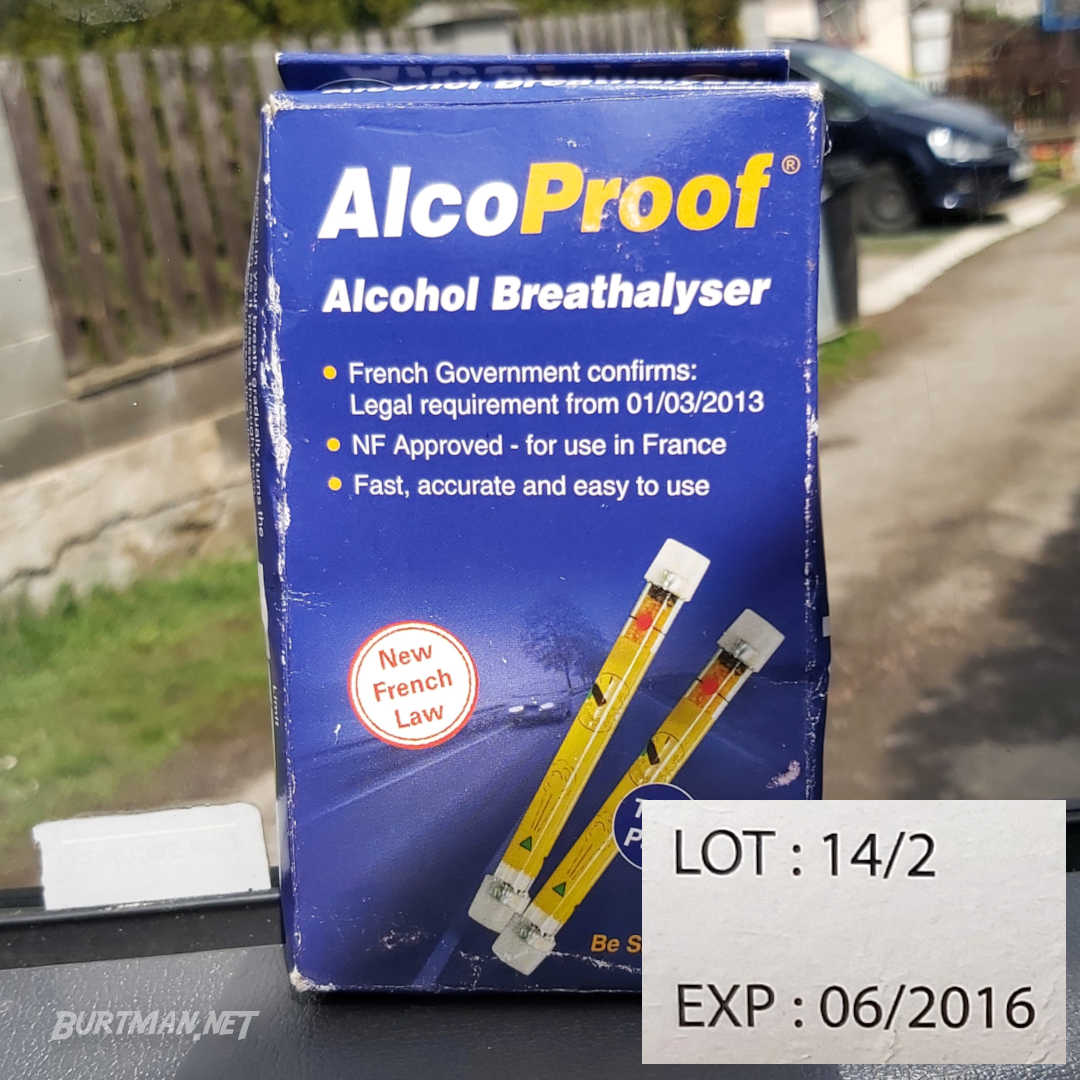Driving On The Wrong Side

Updated:
People crossing between Europe and the UK (or other places where the driving side changes) need to pay attention, at least for the first day or two. It might seem obvious, but even after a period of driving on the other side of the road, a simple three-point turn can snap you right back into your old habits and cause a pile-up.
And it's not only the side of the road you need to think about; Coming out of a tight junction might leave you with no visibility at all, so if you don't have windows in your side panels, you might want to invest in a wide-angle interior mirror and stick it near to the passenger-side window to help you out. If, like me, you find this out the hard way while a patient police car watches from behind, you might have some issues with the law before you even get into the spirit of the road.

A wide-angle interior mirror is curved to give you better visibility than your external mirrors. Temporary image.
If you're nervous about driving on the opposite side of the road, you can relax; it's not half as difficult as driving on the opposite side of the car, which is a problem you would have to face if you rented on arrival. But since you're in your own van, you've got no real worries. It only takes a few minutes to get used to it, but be careful on roundabouts, which move in the opposite direction, as well. If you arrive tired, take a nap before covering any distance in the new position, and remember, the slow lane and fast lane are also flipped.
Here are a few more things to remember
1. Your headlights will point into oncoming traffic, so you will need to buy and fit a set of beam deflectors before you drive on the opposite side. You can almost certainly find them in the duty-free shop on the boat, as well as at any gas station near the border.

Headlight beam deflectors divert your headlight beam to the other side of the road, so you don't dazzle oncoming vehicles. Temporary image.
2. Your headlights may also need to be switched on all the time, depending on the country you are traveling in. Better safe than sorry, though. If you're not sure, just put your sidelights on. Don't forget to turn them off when you park, though, or you'll be wishing you'd read my post, ![]() How To Jump Start A Vehicle, a bit earlier.
How To Jump Start A Vehicle, a bit earlier.
3. Some countries require you to carry an alcohol tester, so they can breathalyze you at your own expense. As shady as that is, you are better off with than without, and this is also something you can buy in the duty-free shop on the ferry. Just stick it in your glove box and forget about it. The last time I checked, not having one of these in France could result in being told to get one. But I digress.

Yours will probably be in date.
Speed limits and some signs may also differ from what you're used to, as well as rules regarding right of way and more, so it wouldn't hurt to get familiar with these things before you need to use them. You can usually pick up a copy of the road signs and rules on the ferry, too. In the UK, the book you want is The Highway Code. In other countries, you will need to find out in advance or ask on the boat (but that is cutting it a bit fine, in my opinion).

The Highway Code contains all the rules, road signs, and hand signals you didn't already learn from your dad.
If there's anything you think I should have included here, please let me know in the comments.
Sign In To Leave A Comment
There are no comments marked as public for this item.
Stay Up To Date





 Out On The Road
Out On The Road Read around 2,900 times
Read around 2,900 times For Everyone
For Everyone